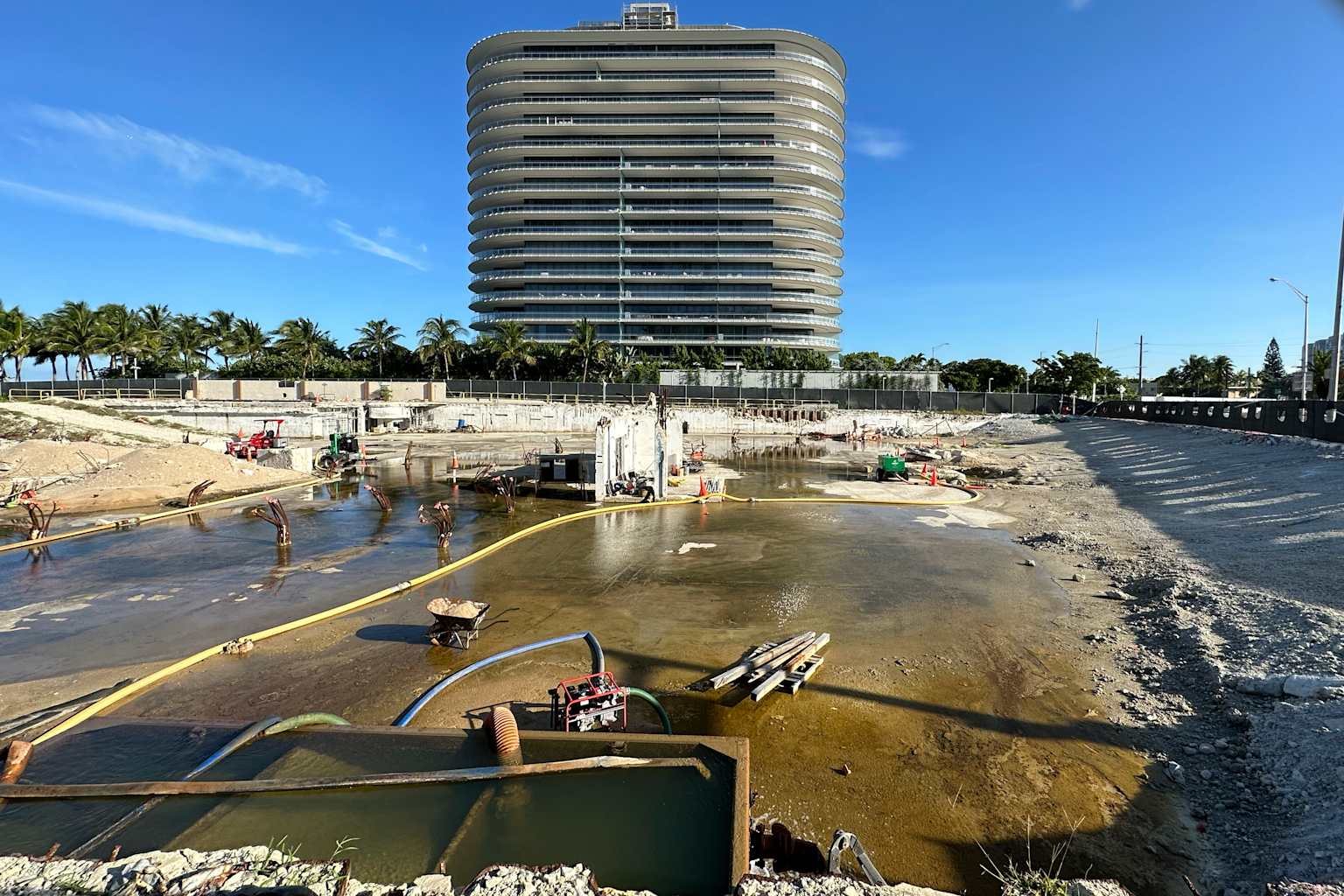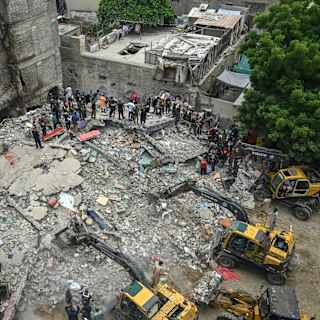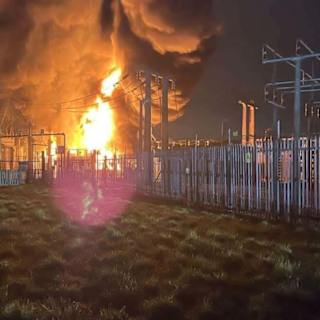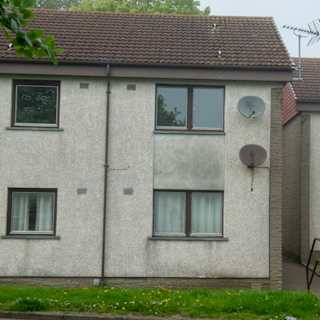- Construction Defects Created Vulnerable Structure
- Tower Failure Remains Possible
- Ground Conditions Ruled Out
Federal investigators released their most detailed assessment yet of the Champlain Towers South collapse, pinpointing construction flaws and design deficiencies as the primary causes of the disaster that killed 98 people four years ago today in Surfside, Florida.
The National Institute of Standards and Technology issued a comprehensive 90-minute video update Monday outlining preliminary findings that point to widespread problems with the building's original design and construction that created what investigators called "many potential failure initiation possibilities."

NIST investigators identified several higher-likelihood scenarios for the collapse, with the pool deck's structural failure emerging as the leading theory. The team found that steel reinforcement was not placed where it should have been, "leading to significantly diminished strength of the pool deck slab and slab-column connections," according to investigative lead Judith Mitrani-Reiser.1
The building's structural design was also "understrength" relative to 1979 building code requirements, creating dangerously low safety margins from the start.1 Heavy planters that were not in the original design, along with sand and pavers added during a pool deck rehabilitation decades later, increased loads on an already inadequate system.1
Glenn Bell, the investigation's co-lead, said corrosion of steel reinforcement in the pool deck concrete further weakened the structure. Water penetration and corrosion also affected basement columns due to "prolonged exposure to water due to ponding and flooding in the garage."1
While investigators found "strong evidence that the collapse initiated in the pool deck," they have not ruled out that failure began in the tower itself.1 Bell noted that some of the same design and construction problems found in the pool deck were evident in the building tower, presenting "other plausible hypotheses."1
The team considers it a higher likelihood that the collapse was initiated by either diminished column strength in the tower or failure of a slab-beam-column joint in the southernmost column line where the tower joined the pool deck.1
Investigators determined there is lower likelihood that underground issues caused the collapse. Satellite data showed no ground settling in the five years before the collapse, and studies found no evidence of karst voids in the limestone foundation.1 Laboratory testing showed adequate pile concrete strength.1
The investigation, which has cost more than $30 million, is expected to produce a final report in 2026.1 The team has reviewed two dozen potential failure scenarios using physical evidence, computer modeling, witness interviews and laboratory testing.1



